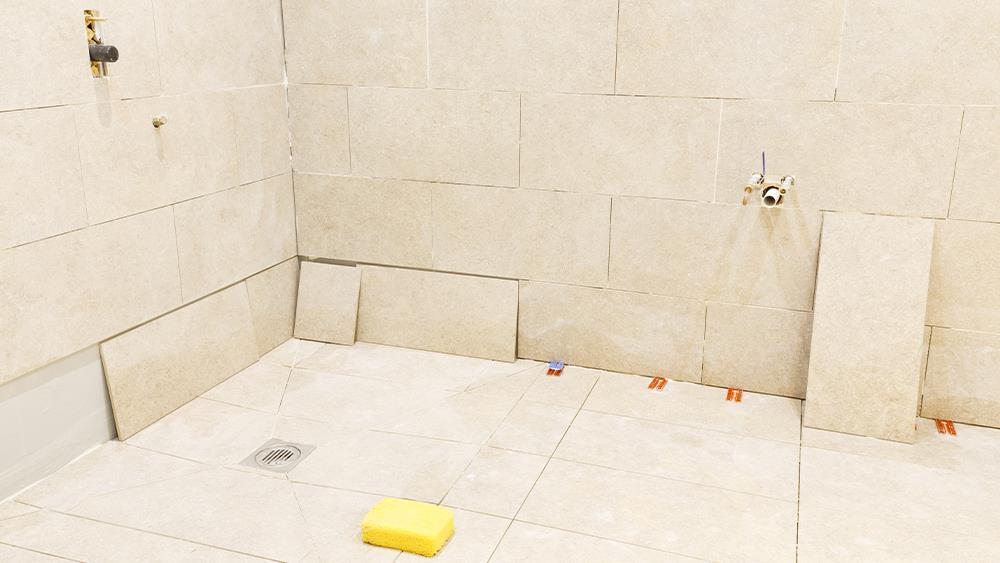

The wetroom market had been seeing steady growth up until the start of the Covid-19 pandemic, where it experienced a sharp decline of around 9% in 2020. Moderate levels of recovery were seen in 2021 with further growth anticipated for 2022 due to pent-up consumer demand driving these sales.
AMA Research forecasts that, by 2025, the UK wetroom market will represent a Compound Annual Growth Rate (CAGR) of 4.18% when compared to the estimated market size of 2021.
There is a consumer preference towards minimalist, space-enhancing design, partnered with people’s personal choice of taking showers over baths. This is evidenced by both residentials properties and commercial building increasingly installing wetrooms. The number of UK homes with installed wetroom continues to grow steadily. In 2021 it is estimated that around 7% of UK homes now have a wetroom.
The level of new housebuilding activity has a significant impact on demand for wetroom products, particularly in larger houses with 2+ bedrooms. Housing completions are forecast to further recover in 2022, and in the Autumn Budget the government pledged a further £1.8 billion towards the existing £10 billion target to invest in housing supply.
The residential wetroom market is likewise influenced by the level of refurbishment and improvement projects by homeowners. This undertaking is normally part of a bathroom upgrade installation. Homeowners with available property equity, or those with savings accumulated during the pandemic lockdowns are those most likely to drive refurbishment demand for more premium solutions rather than necessary upgrades.
Abdul Tantouch, Research Manager at AMA Research, commented: “Demand for wetroom solutions has increased over recent years and the market continues to grow steadily. As an open-plan alternative to the traditional bathroom, a wetroom provides a spacious and design-led solution that is regarded as both luxurious and inclusive.
“Wetrooms also represent an innovative method of designing easy access and space efficient showering areas in commercial buildings such as in care homes, hospitals, hotels, the leisure industry, and student accommodation.
“More recent design developments have meant that there are now wetroom products available that can be used on most floor types, including concrete floors or timber joists. Prices have also fallen, making wetrooms a more affordable choice to the mainstream consumer”.
It is well noted that the UK has an increasingly aging population. This drives demand for ‘inclusive’ wetrooms, also known as care wetrooms. These are both practical and easy to use. Wetroom demand will also be supported by the trend toward multi-generational households. In this instance a property will need to be adapted to be fully inclusive of the need of each family member.
The commercial wetroom sector is expected to recover in 2022 and see overall output back to pre-pandemic levels. Key commercial end-use sectors for wetrooms include care homes, hotels including leisure facilities, health & fitness clubs, and purpose-built student accommodation (PBSA). It is estimated that these sectors will be impetus for growth for level access anti-slip trays, used as an alternative to floor formers, to add colour and zone the ‘wet’ area.
If you'd like to keep up-to-date with the latest developments in the heating and plumbing industry, why not subscribe to our weekly newsletters? Just click the button below and you can ensure all the latest industry news and new product information lands in your inbox every week.